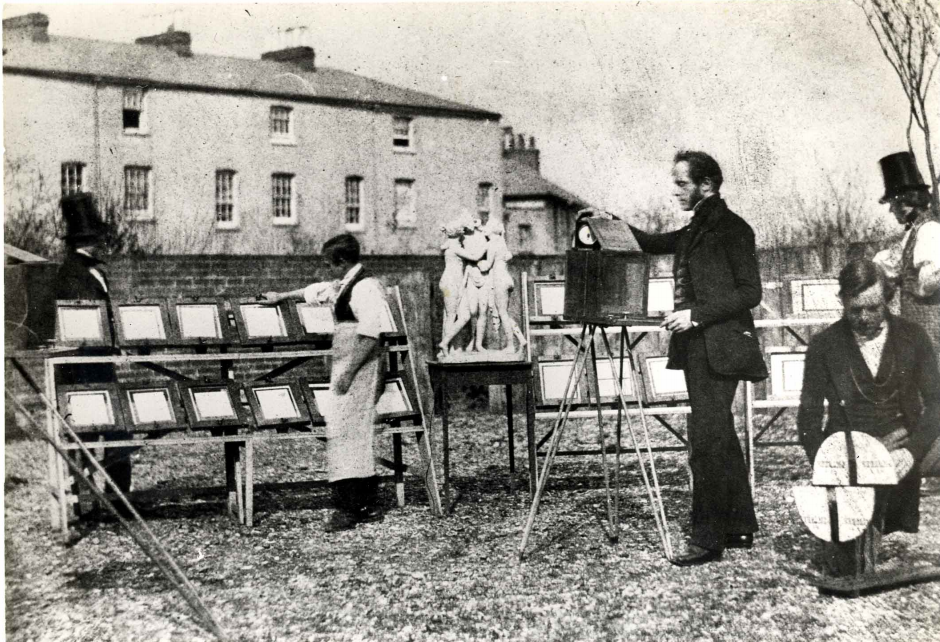William Henry Fox Talbot (1800-1877) was an English member of parliament, inventor, scientist and pioneer of photography. He opened his print works in Reading in 1844, it was one of the world’s first photographic studios.
In 1833 Fox Talbot went to Italy on holiday, while he was there he tried to draw the scenery but he wasn’t very good. His lack of success at sketching lead him to dream up a new machine with light sensitive paper, so he could make sketches automatically. When he went back to his home in Wiltshire, William started work on this new project and in 1839 he reported his art of photogenic drawings to the Royal Society. These “drawings” were a kind of early photograph, made using light sensitive paper.
Fox Talbot went on to develop the three primary elements in photography, which are fixing, printing and developing images. It is possible to create an image by simply exposing photographic paper to the light, but this takes a long time. Later William made another discovery (by accident) that it is possible to create an image using a short exposure, but the image will be vary faint. However, he then used chemicals to expose it, creating a photographic negative. Then he would treat it with more chemicals to produce a positive version of the image. Fox Talbot called this the Calotype process and, in 1842, he received a medal from the Royal Society for his work.
In 1844 Fox Talbot set up The Reading Establishment on Russell Terrace (now Baker Street). This was one of the first photographic studios in the world and was the first place ever to print a book with photographs in: The Pencil in Nature

